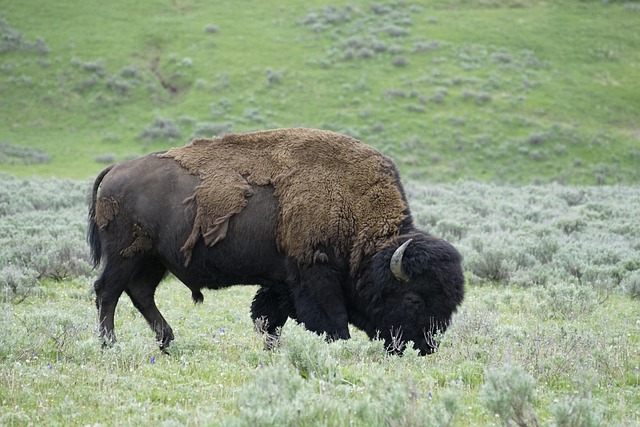
Artiodactyla, commonly referred to as even-toed ungulates, is a fascinating order of mammals that includes a diverse range of species, each uniquely adapted to their environments. This order encompasses well-known animals such as deer, pigs, camels, and giraffes, and is characterized by their distinctive hoof structure. Unlike their odd-toed relatives, such as horses and rhinoceroses, Artiodactyla possess an even number of toes, typically two or four. This adaptation plays a crucial role in their locomotion, stability, and ability to thrive in a variety of habitats, which range from expansive grasslands to dense forests and arid deserts.
The study of Artiodactyla is not only a captivating journey through the animal kingdom but also a critical examination of the ecological roles these animals play. Their presence is vital for maintaining ecosystem balance, influencing plant communities, and contributing to soil health. Understanding their behaviors, habits, and the threats they face in today’s rapidly changing world is essential for their conservation and the preservation of the ecosystems they inhabit.
The order Artiodactyla is divided into several families, including:
- Bovidae: This family includes animals such as cows, sheep, goats, and antelopes. Bovids are known for their complex social structures and behaviors. Many species exhibit fascinating mating rituals and herd dynamics.
- Cervidae: Comprising of deer species, this family is characterized by males growing antlers annually, which they shed after the mating season. Deer are often seen in herds, and their grazing habits have significant effects on forest and grassland ecosystems.
- Suidae: Pigs and hogs belong to this family. They are known for their intelligence and adaptability, often thriving in a variety of habitats.
- Camelidae: This family includes camels and llamas. These animals have adapted to harsh desert environments, and their unique physiology allows them to conserve water and withstand extreme temperatures.
- Giraffidae: This family includes giraffes and the Okapi(Okapia johnstoni), this family is known for its remarkable adaptations. Giraffes, for example, are the tallest land mammals, and their long necks enable them to browse on treetops that other herbivores cannot reach.
- Hippopotamidae: This family consists of two species; the Common Hippopotamus(Hippopotamus amphibius) and the River Hippopotamus(Choeropsis liberiensis). Hippos are large mammals which are adapted to spending a lot of time in water.
Each family within Artiodactyla exhibits unique characteristics and adaptations, contributing to the overall diversity of this order. This diversity is not only fascinating from a biological perspective but also plays a critical role in the resilience of ecosystems globally.
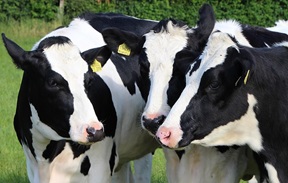
Anatomy And Adaptations Of Artiodactyla
Artiodactyla are primarily herbivorous, with specialized digestive systems that allow them to efficiently process plant material. Most species possess a complex stomach structure, often with multiple chambers, which aids in breaking down tough plant fibers. For example, ruminants such as cows and deer have a four-chambered stomach that enables them to ferment food, maximizing nutrient absorption.
The hoof structure of Artiodactyla is another remarkable adaptation. Their even-toed hooves provide stability and support, allowing them to move swiftly and gracefully across various terrains.
In addition to their physical adaptations, many Artiodactyla species exhibit intriguing behavioral adaptations. For instance, the migratory patterns of certain ungulates, such as the Common Wildebeest(Connochaetes taurinus) in Africa, are driven by the search for food and water. These migrations can cover vast distances, showcasing the animals’ resilience and adaptability to changing environmental conditions.
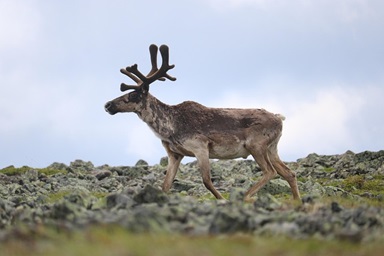
Ecological Importance Of Artiodactyla
Artiodactyla play a critical role in their ecosystems, acting as both herbivores and prey for a variety of predators. Their grazing habits are essential for maintaining healthy plant communities. By consuming large amounts of vegetation, they prevent overgrowth and promote the growth of diverse plant species. This grazing behavior is particularly important in grassland ecosystems, where it helps maintain the balance between grasses and woody plants.
In addition to their role as grazers, Artiodactyla contribute to soil health. Their movements through their habitats can aid in seed dispersal, as they consume fruits and seeds and later defecate them in different locations, facilitating plant growth in new areas. As prey, Artiodactyla form a vital link in the food chain. They provide sustenance for large carnivores, contributing to the balance of predator-prey dynamics.
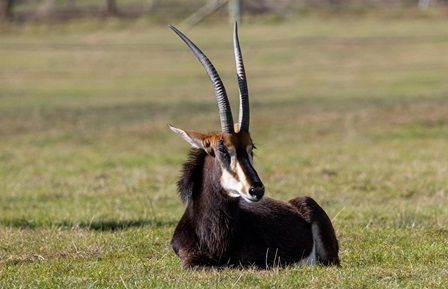
Threats To Artiodactyla
Despite their ecological significance, many Artiodactyla species face numerous threats that jeopardize their survival. Habitat loss due to urbanization, agriculture, and deforestation is one of the most significant challenges. As human populations expand, natural habitats are converted into farmland, cities, and infrastructure, fragmenting the environments these animals depend on.
Additionally, poaching and illegal hunting pose severe risks to many species. The demand for bushmeat, trophies, and traditional medicine has led to significant declines in populations of certain Artiodactyla, particularly in regions where enforcement of wildlife protection laws is weak.
Invasive species also pose a significant threat to native Artiodactyla. Non-native plants and animals can compete for resources, disrupt food webs, and introduce diseases that native species may not be equipped to handle. The impact of these threats emphasizes the urgent need for conservation efforts to protect Artiodactyla and their habitats.
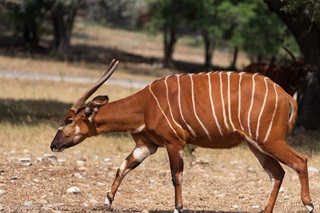
Conservation Efforts
Recognizing the ecological importance of Artiodactyla and the threats they face, various conservation efforts are underway globally. Protected areas, such as national parks and wildlife reserves, play a crucial role in safeguarding these species and their habitats. These areas provide safe havens where populations can thrive without human interference.
Additionally, international agreements such as the Convention On International Trade In Endangered Species Of Wild Fauna And Flora (CITES) aim to regulate and monitor the trade of endangered species, helping to combat poaching and illegal wildlife trade. Conservation organizations also work on the ground to raise awareness, educate local communities, and promote sustainable practices that benefit both wildlife and human populations.
Community-based conservation initiatives have shown promise in many regions. By involving local communities in conservation efforts, these programs help create economic incentives for preserving wildlife. For instance, ecotourism can provide income to communities while fostering a greater appreciation for the natural world and its inhabitants.
Research also plays a vital role in conservation. Understanding the behaviors, population dynamics, and genetics of Artiodactyla can inform effective management strategies. Scientists and conservationists collaborate to monitor populations, study their habitats, and develop targeted conservation plans that address specific threats.
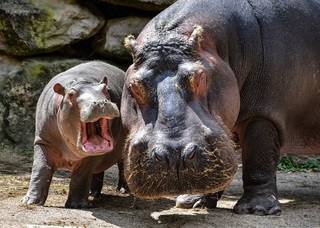
Conclusion: A Call To Action
The world of Artiodactyla is a testament to the incredible diversity and resilience of nature. These hoofed marvels play indispensable roles in their ecosystems, and their preservation is essential for maintaining ecological balance. As we face increasing environmental challenges, it is vital to recognize our responsibility in protecting these species and the habitats they inhabit.
By raising awareness, supporting conservation efforts, and advocating for sustainable practices, we can contribute to the survival of Artiodactyla and ensure that future generations can experience the beauty and wonder of these remarkable animals. Let us work together to safeguard the hoofed marvels of our planet, fostering a greater appreciation for the intricate web of life they support and the vital roles they play in our ecosystems. Every action counts, and together, we can make a difference for Artiodactyla and the biodiversity of our planet.
